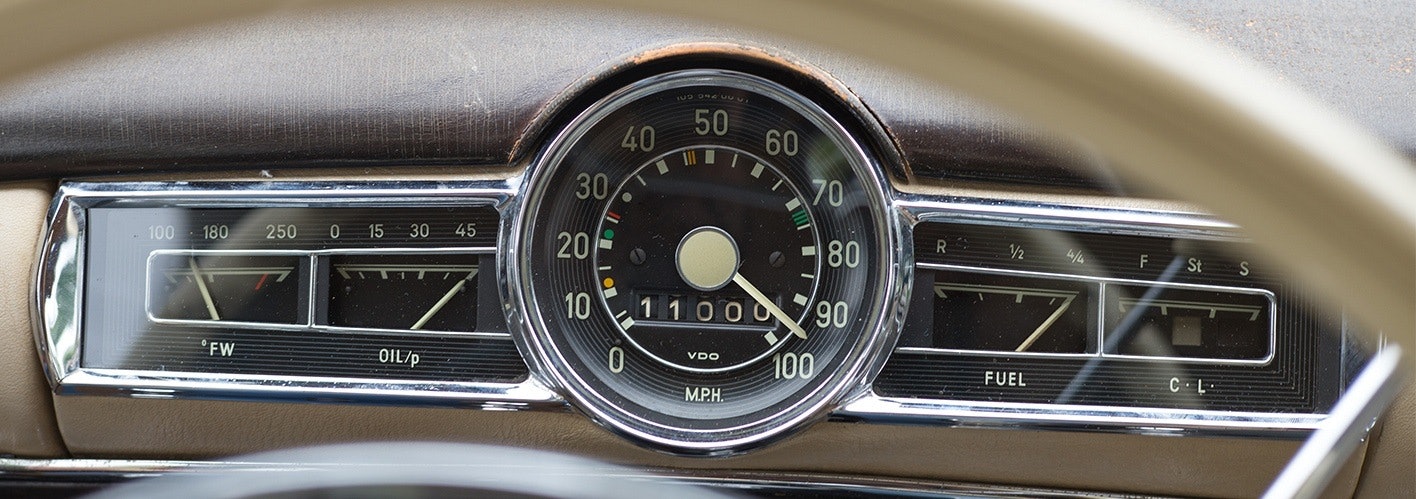In Q1 of 2016, Google and Facebook made two major updates to advance the mobile web experience. Accelerated Mobile Pages (AMP) and Instant Articles are content delivery methods that take published content (news updates, blog posts, etc.) and accelerate the delivery time so that it’s nearly instantaneous. This is important for multiple reasons.
If you ain’t first, you’re last
First and foremost, it advances the user experience of the internet overall. Two of the largest hubs for internet content are Facebook and Google, with each displaying news and related articles based on keywords and user activity. Faster content means better reliability from a reader’s point of view, and removes barriers such as loading time and location in relation to servers.
These updates use a mixture of HTML, Javascript, and caching systems to feed specific content at blazing speeds, and each has their own unique implementation. This allows load speeds to be four times faster and use ten times less data, which also means the loosening of cell service’s stranglehold on mobile data usage.
Having two tech giants pushing the speed initiative forward is great for users, but if you’re a business, this should have come as a slap in the face as well as a sign to get your butt in gear. If initiative number one for the world’s second and sixth most valuable organizations is mobile speed, then maybe you should take that as a hint that it needs to be a priority for you as well.
If you’re last, then you’ve failed
Reading deeper into the update, this doesn’t necessarily change everything. What it does is it elevates the importance of an already key digital element: speed. We already live in a get-it-now culture where attention is a form of currency. When everything becomes lightning fast, those sites and companies that are even relatively slow are going to see increasing problems with bounce rates, conversion rates, and traffic overall. Why? Because everything is fast and mobile, and if you’re not, then you’ve lost your usability and connection to customers. If everyone but you is fast, your users are going to leave in favor of someone with convenient speed.
While businesses won’t necessarily take advantage of AMP or Instant Articles (unless they’re highly active with blogging), it means they should re-evaluate their entire digital strategy online with a user-first mentality. Your site needs to be responsive so people can access it anywhere the mood strikes them, and it needs to be faster than the average sportscar.
Optimizing site speed can be a simple process or it might require a complete site overhaul. Compressing files, delivering via a CDN, and even the right hosting package can all help improve performance. If your website is slow and not mobile-responsive, then you’re in need of help yesterday.
Uneasy lies the head that wears the crown
Yes, AMP and Instant are great for online users, but somehow Facebook and Google have convinced the digital world that this update is really for the people, and of course we’ve all drank the proverbial Kool Aid. However, let’s not forget one huge problem this solves for Facebook and Google; online advertising. Cui bono, folks.
This time last year the topic everyone was spoon-fed was the doom adblockers were about to bring on the entire internet. Digital ads fuel the majority of revenue online, and mobile operating systems and browser extensions were nullifying the majority of advertising efforts. Blocking makes sense for users because Javascript and Flash ads dramatically slow down page speed times and piss off visitors. Then, as if by magic, a cure is found.
AMP and Instant Articles take the load off individual site servers and use Google’s and Facebook’s own technology to deliver site content faster. This means that mobile sites can now deliver ads alongside content without disrupting the user’s experience overall. Facebook simultaneously made it easier for publishers to make money via their platform and Instant Articles. And I wouldn’t be surprised if the use of either of these programs prevents the ads from being blocked entirely. Brilliant.
This opens the door for advertising frames to utilize AMP- and Instant-like technology to get their ads moving quicker in the future. But by having pages lightning-fast, it stops the immediate bleeding for online ad dodging.
So why should I care?
For online advertisers and businesses, AMP and Instant Articles mean two things. First and foremost, you need to be fast to keep up. Build your site to be mobile-responsive, and don’t weigh it down and drag load times to a crawl. You should already be thinking about this, but with AMP and Instant it’s now even more critical.
Additionally, your digital advertising campaigns are still intact on mobile devices. For now, ad blockers are still accessible and working through desktop browser extensions, but I imagine Facebook and Google will eventually find a way around that too.
That means there’s no excuse not to be aggressive with a digital advertising campaign, particularly going forward. Don’t worry about ad blockers hurting your ROI – if AMP and Instant Articles take off like they should, your ads will be seen. And as ads’ effect on load times fades, you don’t have to worry about your ads enraging users. All in all, Google’s and Facebook’s attempts to improve the mobile experience are good news for users and businesses alike. They’re creating opportunities for advertisers – you just have to seize them.





